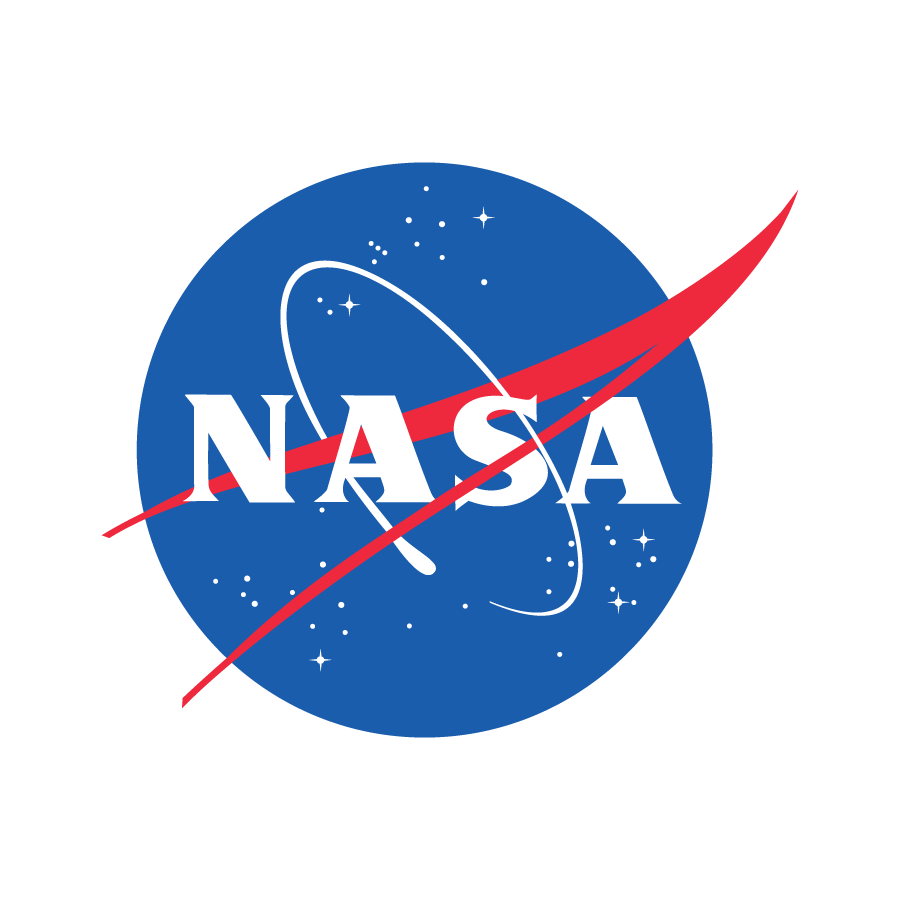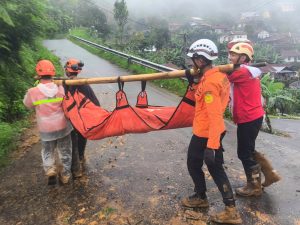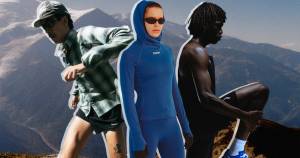Earth planning date: Friday, Jan. 17, 2025
As Emma mentioned on Wednesday, our current drive direction contains a pair of craters, “Runyon Canyon” and the larger “Rustic Canyon” (about 20 meters or 66 feet in diameter). On Wednesday, we planned a ChemCam long-distance RMI to image the rocks around Rustic Canyon, and the images (the accompanying image for this blog and others that you can find here) arrived down in time to generate lots of discussion at the start of planning today. Do we drive on by, or do we drive on over?
The MSL Curiosity is a well-planned mission, with drive estimates and time budgets in place, aimed at getting us to the places on our Martian bucket list (race you to the top of Mount Sharp!). Each diversion from that overall plan has a cost, in terms of drives and time spent doing bonus science. Our mission leaders have the unenviable job of keeping everyone focused, and we do stay on track for the most part. But… things that are different catch our eyes… and Rustic Canyon is one of those things!
Unlike the predominantly paler-colored, laminated bedrock that we are currently driving over, such as those in today’s workspace, the rocks over at Rustic Canyon are darker in appearance, more massive but also more chaotic. Once we learned this morning that one small drive (45 meters, or about 148 feet) would get us to the crater, well, we really couldn’t just drive away! So, we will take a small detour and, presuming success in this weekend’s drive, end up at the rocks shown in the ChemCam RMI image above for next week’s science.
In addition to this, we have filled up our weekend plan with lots of science. We will document the pale, laminated bedrock at the brushed target “Idlehour” using APXS, MAHLI, ChemCam, and Mastcam. APXS and MAHLI will look at an area of darker gray flakes at “Magic Mountain,” which appears to be the remnant of a thin platy layer, similar to the ChemCam LIBS target “Satwiwa” toward the back of the workspace. ChemCam will use LIBS to document apparent tonal and texture differences in “Whiting Woods” and RMI to take a pair of long distance images of the Gediz Valles ridge.
Closer to the rover, Mastcam will take a small mosaic of a degraded trough in the workspace and another at “Dagger Flat,” looking at a complex vein network. Of course, Mastcam will take mosaics of the pair of craters again, which will be very helpful for understanding the context and evolution of the craters. This is a four-sol plan, as Monday is a holiday in the U.S. (Martin Luther King Jr. Day). This gives us lots of time to add environmental activities, too. The large list of activities includes Mastcam tau measurements and sky surveys (looking at dust in the atmosphere), an APXS atmospheric observation, a ChemCam passive sky measurement, and a full suite of dust devil, suprahorizon and zenith Navcam movies (looking at the movement of wind and the crater rim).
Written by Catherine O’Connell-Cooper, Planetary Geologist at University of New Brunswick







